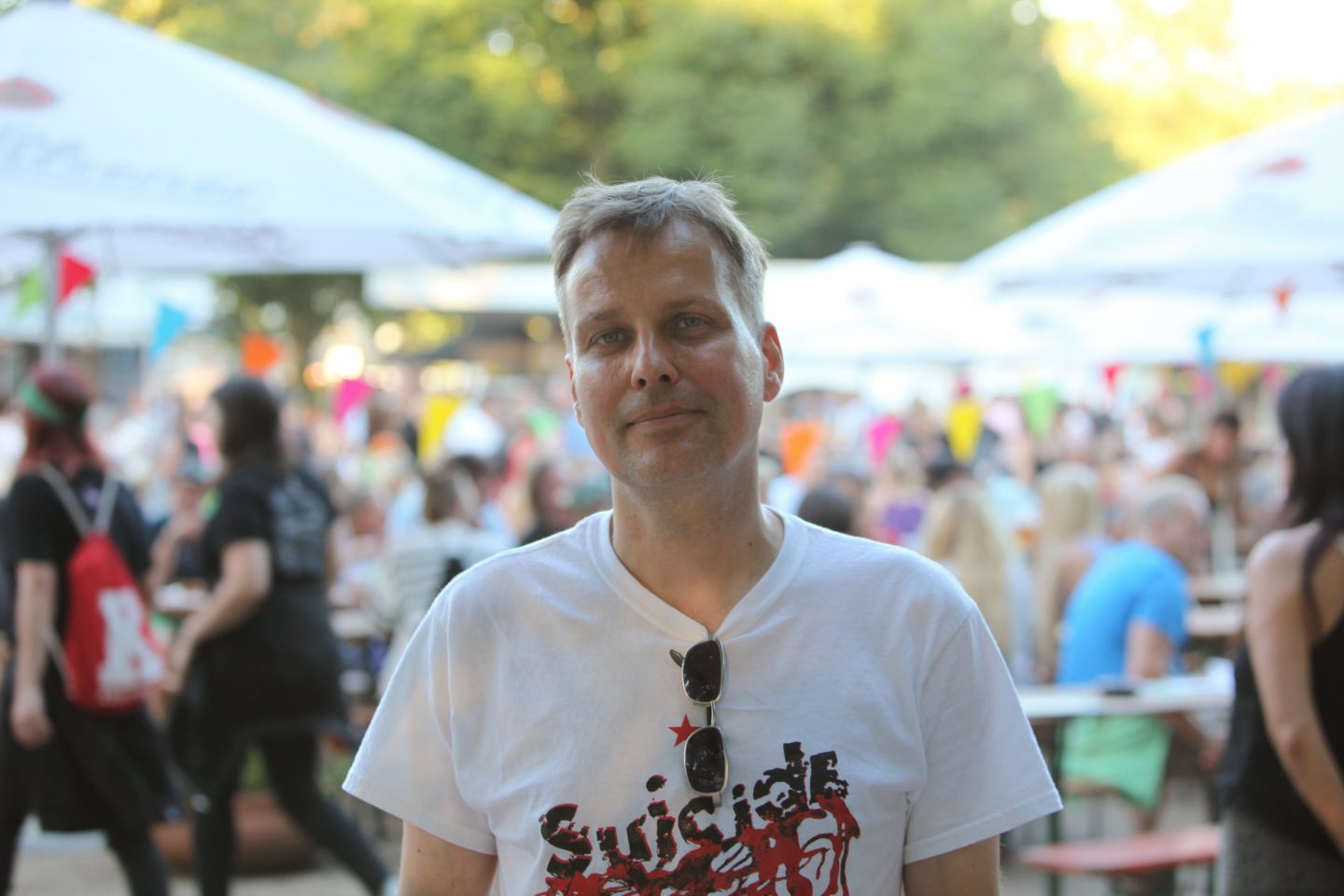Last weekend, NOTHING BUT HOPE AND PASSION returned for the third time to Düsseldorf in order to attend the Open Source Festival. Right at the beginning, we feel that this one-day event is really blessed. Once again, the weather conditions are perfect. It’s warm and sunny, the race course looks all over green and beautiful people are walking around with big smiles on their faces. Everyone is happy it seems. Open Source is like meeting family and friends and afterwards everyone has got stories to tell – eagerly awaiting a follow-up.
Clearly the festival organisiers achieved to have their visitors return each year and they have done so due to the lovely curation of their musical program and how the festival is conceptualised. On the main stage, former new talents (Blackberries), current must-sees (Cigarettes After Sex) and established acts (Tocotronic) shake hands whereas the Carharrt stage focuses on acts that are part of new developments and more experimental (e,g, Die Wilde Jagd, Mykki Blanco) in terms of their sound and performance. Open Squares, on the other hand, is a park where founders of young companies promote their ideas and come in contact with festival attendees. Moreover, Open Source gives upcoming artists the chance to exhibit their work. To sum up, Open Source proves how vibrant the Düsseldorf music and art szene actually is. Therefore, the Open Source Festival is one of the city’s most valuable ambassadors in terms of popular culture. Our five mini-portraits give proof to that.
-Michael Heiber-
Founder of ‘neophon’
(vinyl record pressing plant)

Portrait of Michael Heiber (neophon). Photo by Felix Weichelt.
Open Squares gives creative people the opportunity to present their projects and ideas to an interested audience. Your idea is challenging: A vinyl record pressing plant in Düsseldorf. Its name is ‘neophon’.
Well, we’d like to establish a vinyl pressing plant in Düsseldorf as there in none as of yet. The positive feedback we receive at the festival and in general shows that the city as a cultural space is interested in our project and that’s what encourages us to move on. For example, we were invited by the organisers of the festival to appear as speakers at the Open Source Congress and now have the chance to present our idea to many festival attendees as we’re part of the Open Squares area. Ultimately, my partner Axel Ganz and I are from Düsseldorf and we’re wholeheartedly involved in realising ‘neophon’ for our hometown.
You’re also trying to find new investors at the festival. Why isn’t crowd funding an option to finance and eventually realise ‘neophon’?
Well, it’s just not our first choice if it comes to realising ‘neophon’. Crowd funding usually requires to have an actual product that you can offer in return. But we’d like to build up a pressing plant which is somewhat different from the usual products you pay for at crowd fundings. Also, we need a huge amount of money, that is in total 500.000 €, 200.000 € of which need to come from external people, and we’d like to have preferably not too many investors. People we’d like convince to become part of the project are music and vinyl lovers. So, we’d like to work with partners who understand us and actually get the idea of ‘neophon’.
What is the reaction of the people passing by like?
The response that we get at the Open Source Festival is overwhelming. People are really interested and want to know and learn about ‘neophon’ and vinyl production in general. We talk a lot to people here. Moreover, we found two potential investors who’d like to work with us. Open Source really is a place for music and vinyl lovers and we appreciate that.
-Jana-Catharina Israel-
Research assistant at KIT
(communication of art)

Portrait of Jana-Catharina Israel (KIT). Photo by Felix Weichelt.
In how far do you see Open source and the Düsseldorf art scene going hand in hand?
When you walk around the festival area it’s very nice to see that young artists are given the opportunity to present or even perform their work. So art itself actually is an integral part of Open Source and has always been for the past few years. It’s lovely as you approach installations of young artists very naturally and get in contact with them. Not only have festival goers the chance to stumble upon spots where art is presented but attendees also have the chance to actually talk to artists as they are present themselves. Moreover, the Open Squares area shows how interdisciplinary Open Source is. Whereas at the festival area art in combination with graphic design can be discovered, Open Squares has a slight focus on digital art which is an upcoming form of art as new festivals like die digitale show.
Your workplace is an exhibition space called KIT (Kunst im Tunnel). It’s a place where young art is promoted. Do you see any connections between KIT and Open Source?
Basically, KIT is an exhibition room often dedicated to young artists and their work. However, what personally reminds me of the Open Source Festival is the KIT café. It’s a place where from time to time concerts and parties are taking place and it offers people the chance to meet, talk and drink. Our visitors don’t need to stay inside. They could also sit outside. Our location is close to the river Rhine which offers as nice an atmosphere as the Open Source with its nearby race course. Both places share that brand new artists and future established artists are discovered and given a chance to exhibit. In terms of Open Source’s musical program, the Carhartt stage is comparable to the KIT and its café. It’s what Düsseldorf is really known for: A vivid art and music szene. Having music and art join forces as part of interdisciplinary projects is a very welcomed approach.
New exhibitions and events taking place in September at KIT are further proof that music and art join forces.
That’s true. Düsseldorf has a very vivid music scene and at the end of September we have a journalist and a photographer portraying 30 Düsseldorf musicians at KIT. There is possibly one similarity as to how the music program of Open Source and the exhibition Tonträger – Düsseldorfer Musiker erzählen ihre Geschichte (Düsseldorf musicians tell their story) are curated. It’s not only big names, it actually is watching current trends and caring for smaller names. It’s like portraying the sound of Düsseldorf. Consequently, it’s not only portraits to look at and texts to read, you will also being able to hear what’s going on. It opens September 29. Moreover, we’re currently planning a new format called ‘Open Night’ which takes place September 14. The ‘Open Night’ is a one-day event for a younger audience including young art, upcoming music artists as well as workshops and even more.
-Jördis Hagemeier-
Founder of GOSH (design & pop)
(print design magazine)

Portait of Jördis Hagemeier (GOSH). Photo by Felix Weichelt.
GOSH is a pop cultural print magazine having its origin in Düsseldorf. What is its concept?
GOSH (design + pop) is a design magazine focussing on the artist behind the musician. The idea for it came up as we’re missing a magazine about people behind the visible musician that contribute to pop culture. Basically, music magazines often focus on what musicians do. However, there are a lot more people being involved in pop than just musicians, for example artists who create artworks, stage designs or the interior design of clubs. GOSH aims at bringing together people of all kinds of art that ultimately help shaping pop and pop culture.
Do you think that festivals and design nowadays have a stronger connection?
Yeah, totally. I think that recent developments have a lot to do with the internet. There’s a difference now as to how we look at things. It’s due to clicks that what we see is connected with what listen to and so senses merge; we click on what we listen to, we like it, we follow it. Then again, we also dress up not explicitly stating what kind of music we’re into as was the case in former times, yet it’s possible for us to make statements. And I think that all these aspects have a lot to do with how festival culture evolves.
What topics can we expect to be part of the first issue of GOSH?
We’re currently about to produce the last few features for the first issue of GOSH. There’s a lot of things that we’ve already done so far. For example, we visited the illustrator Danika Arndt at her atelier in Hamburg. She created the corporate design for the last Schnipo Schranke record. Moreover, there’s also a Düsseldorf story in our first edition about the club Golzheim and its influence on the city’s music scene. But we also travelled to other cities like London where we’ve just produced our front-page story with a young new producer who’s about to release his debut album. If we’re lucky enough we’ll head to Helsinki next for another article that is planned to appear in our magazine. Fingers crossed…
-Ralf Brendgens-
Owner of Hitsville Records
(oldest record store in Düsseldorf)

Portrait of Ralf Brendgens (Hitsville Records). Photo by Felix Weichelt.
What does the Open Source Festival personally mean for you as a record store owner in Düsseldorf?
Open Source takes place at a green spot and I like being here a lot. I usually spend the days in my record store leading a life like a bat so it’s a great opportunity for me to actually be outside and meet people and musicians some of which I’ve known for around 20 years now and who I’ve seen growing up. It’s a beautiful day. But there’s also some nostalgia involved as this place reminds me of bygone times when I visited the race course with my father.
Does the music you sell at your record store reflect the music you experience at the Open Source Festival?
I think it’s best to distinguish in that case: What’s playing on the main stage might reflect a broader taste of the festival goers. But if it comes to electronic music and smaller spots at the festival (Carhartt WIP stage and NTS Radio Dance Floor, editor’s note) the music I sell at my store sure does remind me of the program you can experience at the Open Source Festival.
Open Source is an established event of the Düsseldorf music scene. What current developments do you take notice of?
On the one hand the first thing that comes to my mind is the vibrant electronic music scene with artists that are booked worldwide and therefore bring the sound of Düsseldorf to other places in the world. Wolf Müller is one examples of such recent developments. Also, there are a lot of young labels which contribute the city’s music scene (e.g. themes for great cities, editor’s note). But on the other hand one critical aspect is that we still haven’t got enough public spaces where organisers of non-mainstream events can try out new formats without having to fear great financial loss. However, that’s a problem Düsseldorf faces for quite some time.
-Dirk von Lowtzow-
Singer
(German indie rock band Tocotronic)

Portrait of Dirk von Lowtzow (Tocotronic). Photo by Felix Weichelt.
What’s the first thing Tocotronic connect with Düsseldorf?
The first things that come to my mind are the Open Source Festival, the Zakk concert hall and top-fermented dark beer. Personally, I haven’t been to Düsseldorf that often. Still, the Open Source Festival is without a doubt a very special and beautiful festival. And when we’re on tour we often play at Zakk.
Does it feel like an infinity to wait for a performance at a festival?
Well, not today as we didn’t arrive too early and our performance is not part of an actual tour. But it could truly feel like an infinity when you’re on tour with a nightliner and you reach the festival area already early in the morning. We often play at night and then time just doesn’t seem to go by. That could indeed feel like an infinity for us.
How would Tocotronic present themselves at Open Squares?
Personally speaking, Open Squares reminds me of the 1990s, 25 years back, when we formed our band. Before we even accomplished to play one singular note we had the idea to appear as some kind of fake company. So, for example, we invested some time to create our own band logo and other aspects that nowadays are subsumed under the term corporate design or corporate identity. We designed flyers, posters or post cards, merchandise products so to speak, but ironically for a band that didn’t really exist at that point of time. However, that’s how we worked on our very own idea of a band and that’s how we possibly would have presented it at Open Squares as well.
All photos by Felix Weichelt for NOTHING BUT HOPE AND PASSION.



